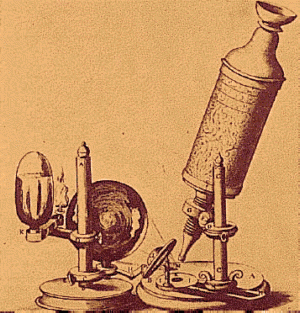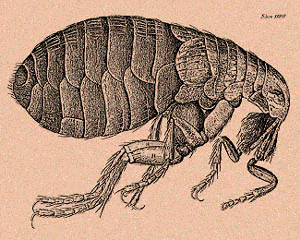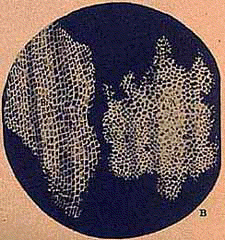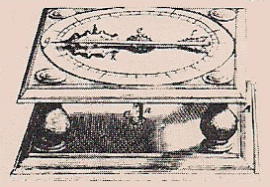 SKC Films Library SKC Films Library |
|
|
| SKC Films Library
>> Science >> Physics >> Biography |
| Robert Hooke one of the most versatile scientists of his day Robert Hooke was born in Freshwater, Isle of Wight, on July 18, 1635, the son of a minister. He entered Westminster School at age 13, and Christ Church College, Oxford University, in 1654. At Oxford, he became an assistant to Robert Boyle, and while serving in that capacity developed an improved air pump and began working on designing watches regulated by springs instead of pendulums. In 1662, he was named Curator of Experiments of the Royal Society of London; and, in 1665, became a Professor of Geometry at Gresham College, where he spent the rest of his life. Hooke's most successful publication was the Micrographia of 1665, a book of microscopial observations famous for its detailed illustrations. Using a compound microscope and illumination system he designed himself, Hooke was able to provide his contemporaries with first-ever descriptions of the structure of a bluebottle flea and the compound eye of a fly, and confirmed Antony van Leeuwenhoek's discovery of bacteria and protozoa. He coined the word "cells" to describe the various "compartments" he saw while studying cork because they reminded him of the cells of a monastery. Hooke was also the first to study fossils under a microscope, and the first to theorize that they were once living organisms that had been transformed to stone by an as yet unknown mechanism. Robert Hooke's microscope and
illumination system left: bluebottle flea as
illustrated by Hooke Hooke also made important contributions to the fields of astronomy, mechanics, physics and geology. He devised theories of combustion and light, and the fundamental theory of elasticity still bears his name. His many inventions include the hygrometer (used for measuring atmospheric humidity), an improved barometer, an anemometer (for measuring wind speed), and the universal joint. He explained the motion of planets by saying that their orbits resulted from combining an inertial motion in a straight line with the attractive force of the Sun, and that this attractive force varied inversely as the distance squared. Sir Isaac Newton would later use his mathematical prowess to prove Hooke's theory, but failed to give Hooke any credit for contributing to the discovery. In Discourse of Earthquakes, published two years after his death, Hooke explained that the presence of fossil shells on mountain tops and far inland was the result of ancient seas that no longer existed and theorized that many fossils represented species that no longer existed. Hooke even collaborated with Sir Christopher Wren in the rebuilding of London following the Great Fire of 1666. left: Hooke's hygrometer Robert Hooke died in London on March 3, 1703. Despite the vastness and importance of his work, no contemporary portrait of Hooke survives, if indeed one was ever commissioned. PRINT SOURCE WEB SOURCES SEE ALSO |
SKC Films Library >> Science >> Physics >> Biography This page was last updated on 03/02/2017. |



